By: admin | August - 24 - 2011
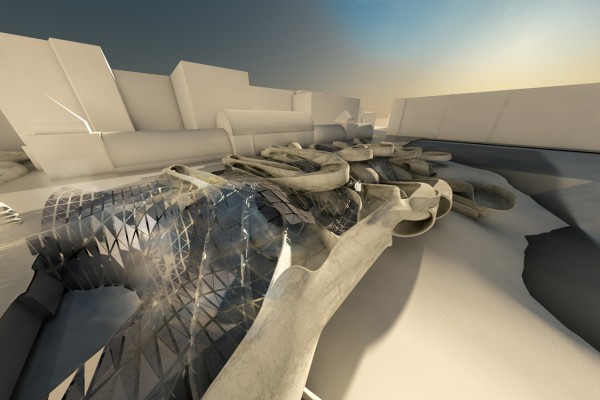
Toxicity/contamination/mutation/distortion is a hybride which synthesizes a library and garden into a one spacial continuum. The project designed by Kadri Kerge at the University of Applied Arts Vienna is located in the Burggarten, Vienna – which served as a private royal garden for the Habsburg family. It is situated between the Austrian National Library and a large greenhouse called Palmenhaus that sits at a right angle to it. The roots of the plants from the greenhouse grow out of the container, break the sealed ground and as a mutants combine nature and building. They overlap with the context in housing part of the program of institutions nearby like The Austrian Film Museum, the National Library, and the Albertina Museum.
Toxic Garden is a self-sustainable building generating heat and power through the plants which are growing in the building. The energy design concept provides a range of microclimatic conditions as interfaces between user, information and nature. The building of the Austrian National library is an opulent baroque structure that has housed the Imperial book collection between 1721 and 1918, that was then nationalized.
Since 2011 the National Library archive has been fully digitized, and therefore the physical space of books has been abstracted. The extension of the library is a new type of social environement. It creates different types of atmospheres forreading, working, discovery and community.
The Toxic Garden is an integration of nature and the artificial, of garden and information that has no body. The vegetation of the Burggarten becomes part of the library space and according to the four seasons it transforms atmospheres and functions. In the could season when the Burggarten is naked, the library becomes a green house. In summer the building is naked and opens the program to park activities .
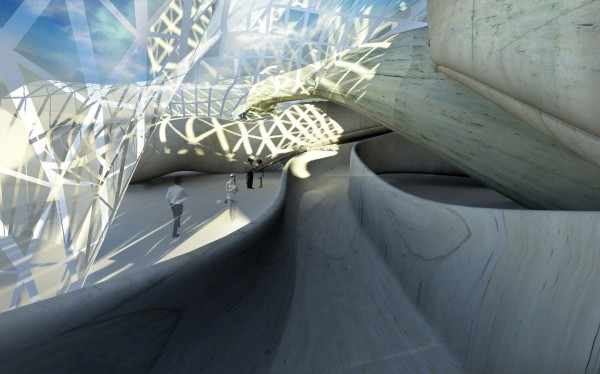
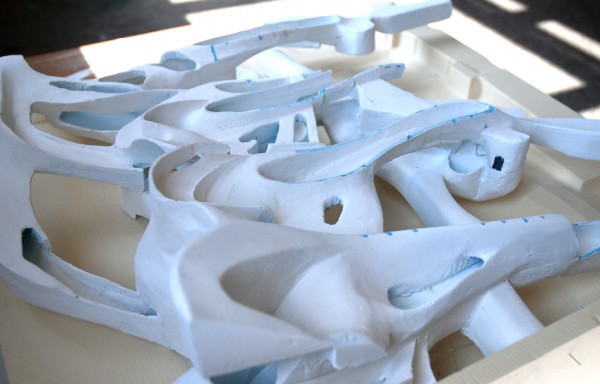
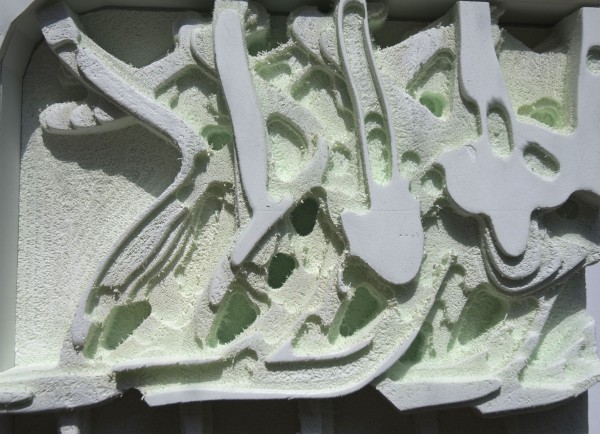
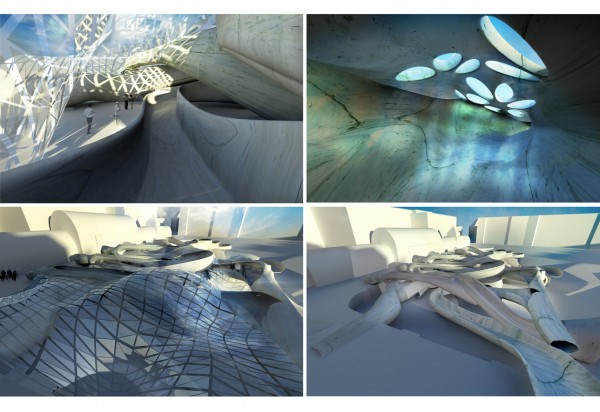
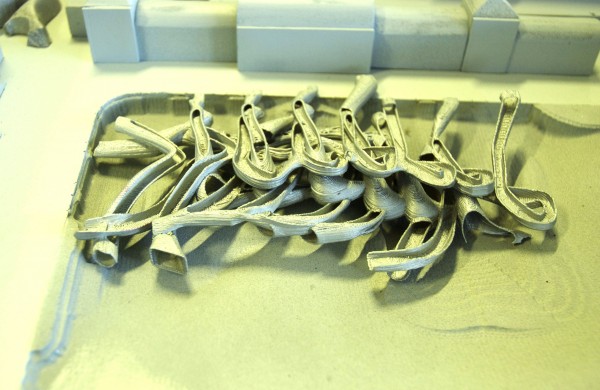
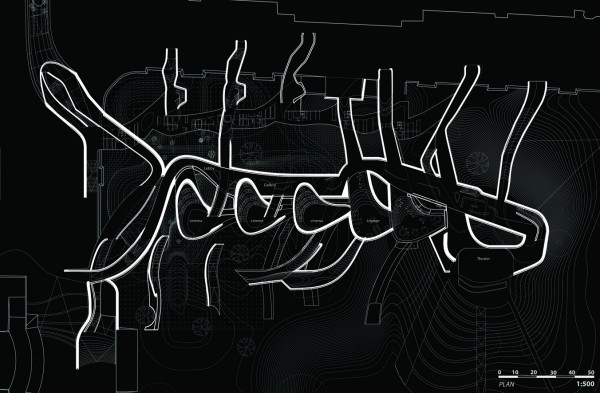
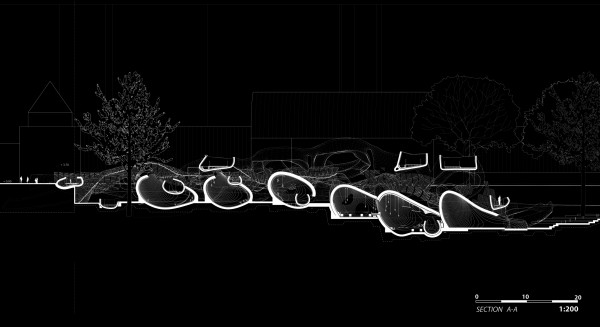

No comments:
Post a Comment